Education encompasses various approaches, with critical pedagogy and traditional teaching representing two distinct philosophies.
Traditional teaching methods often place students in a passive role. They emphasize memorization and standardized assessments, which can limit critical thinking and creativity.
In contrast, critical pedagogy promotes active engagement with learning materials, urging students to question existing societal norms and challenge conventional wisdom. This transformation in educational approach not only influences how you absorb information but also reshapes your identity within the classroom and society.
Understanding these differences is essential for your growth as a thinker and as an informed community member. The implications of these methods are profound and can lead to a more dynamic and thoughtful educational experience.
Definition of Critical Pedagogy
Critical pedagogy is an educational approach focused on promoting social justice and fostering awareness of power dynamics within learning environments. It emphasizes the importance of every individual’s voice and aims to create inclusive spaces for diverse learners.
Central to this framework is the concept of cultural relevance, where educational content reflects the varied experiences and perspectives of students, enhancing the overall learning process. This approach encourages transformative learning, prompting students to critically evaluate societal structures and their roles within them.
Engagement in dialogic learning facilitates meaningful conversations that deepen understanding and build community ties. As students reflect on pressing social issues, they develop critical consciousness, which empowers them to advocate for change.
Experiential education further enriches the learning experience by enabling students to apply theoretical concepts to real-world scenarios, making education not only relevant but also impactful.
Definition of Traditional Teaching
Traditional teaching is a method where a teacher serves as the main authority figure, delivering information in a structured way. This approach emphasizes memorization and often relies on standardized tests for assessment. In such environments, students typically take a passive role, receiving knowledge rather than engaging with it actively. Instruction is often uniform, disregarding the unique learning needs and styles of individuals.
Here’s a concise comparison to clarify the characteristics of traditional teaching:
| Aspect | Traditional Teaching |
|---|---|
| Role of Teacher | Authority figure |
| Student Engagement | Passive learning |
| Assessment Methods | Standardized tests |
| Focus | Memorization |
| Learning Approach | One-size-fits-all |
In traditional teaching, creativity and critical thinking tend to take a backseat. Students are encouraged to memorize and repeat information rather than think critically about it. While this method can establish a clear learning path, it often fails to address the varied interests and needs of students, which may result in feelings of disconnection. Understanding these aspects can highlight the importance of shifting toward more inclusive instructional strategies in education.
Core Principles of Critical Pedagogy
Critical pedagogy represents a shift from conventional educational methods, prioritizing participatory and reflective learning. This approach encourages transformative education, where learners actively engage with information, critically assessing it through the lenses of social justice and educational equity.
At its core, critical pedagogy seeks to cultivate critical consciousness, prompting individuals to challenge societal norms and confront injustices.
Empowerment strategies are vital within this framework. Engaging in collaborative discussions allows individuals to express their thoughts and share experiences, particularly those from marginalized groups whose voices are often overlooked. This fosters a sense of community and belonging, where diverse perspectives are acknowledged and valued.
Furthermore, reflective practice enhances this learning environment, enabling individuals to contemplate the personal and societal implications of their education. Through these elements, critical pedagogy aims to create an enriching educational experience that not only informs but transforms.
Core Principles of Traditional Teaching
Traditional teaching revolves around a teacher-centered approach, where the instructor takes the lead in the classroom. This method focuses on a standardized curriculum, ensuring that all students engage with the same material.
Uniformity in content is crucial as it provides a consistent educational experience for every student. Furthermore, assessment and grading systems are vital components that evaluate student performance and track their progress over time.
These tools not only measure knowledge but also help identify areas where students may need additional support.
Teacher-Centered Instruction
Teacher-centered instruction emphasizes the role of the educator as the primary figure in the learning environment. In this model, the teacher leads the learning process, provides information, and facilitates discussions. While this approach effectively conveys content, it may limit students’ opportunities for autonomy and exploration of personal interests.
In classrooms that follow this model, assessments often prioritize standardized tests and rote memorization over fostering critical thinking and creativity. The teacher’s knowledge takes center stage, and students typically engage in absorbing and reciting information. This setup can create a sense of community, but it may also suppress individual expression and active participation.
Despite these limitations, teacher-centered instruction has its advantages. It offers structure and clear guidance, which can be beneficial for students who excel under direct instruction.
Striking a balance between teacher authority and opportunities for student-led learning could enhance educational experiences, fostering a deeper connection to personal learning paths and increasing investment in the educational journey.
Standardized Curriculum Focus
Standardized curriculum focus emphasizes uniformity in education, ensuring that all students acquire the same foundational knowledge. This model fosters a sense of community as students work towards common goals. However, it can restrict flexibility in the curriculum and hinder personalized learning, which are crucial for addressing individual student needs.
In traditional teaching settings, educators often adhere to a set curriculum that dictates lesson plans and the sequence of topics. While this structure ensures that essential concepts are covered, it may neglect the unique strengths, interests, and learning styles of each student.
As a result, teachers and students alike may feel that individual creativity and expression are minimized in favor of a generic educational framework.
To enhance learning experiences, it’s essential to integrate flexibility into the curriculum, allowing for adjustments that cater to diverse student needs. This could involve incorporating project-based learning, where students can pursue personal interests within the curriculum, or utilizing technology to provide differentiated instruction.
Such approaches can empower students and teachers to engage more fully in the educational process, fostering a richer and more inclusive learning environment.
Assessment and Grading Systems
Assessment and grading systems in traditional education often emphasize standardized testing and uniform evaluation techniques. These systems typically value numerical scores more than individual learning experiences, which can create an isolating environment for students. Instead of receiving formative feedback or engaging in collaborative assessments, students frequently find themselves in competition with one another, fostering a stressful atmosphere.
In contrast, critical pedagogy promotes alternative grading methods like student self-assessment and portfolio evaluation. These strategies lead to authentic assessments that mirror real-world skills and competencies. Incorporating peer review becomes vital to the learning process, nurturing a sense of community and belonging among classmates.
Holistic grading provides a comprehensive view of your learning journey, focusing on growth and understanding rather than just numbers. Competency-based assessment prioritizes skill mastery over point accumulation, catering to individual learning needs.
Integrating reflective practices fosters a deeper connection to your education, creating an environment where every student’s voice is acknowledged and valued. Transitioning from traditional grading systems to more inclusive methods can cultivate a supportive atmosphere that encourages both personal and academic development.
Role of the Teacher
The role of a teacher is fundamentally different in critical pedagogy compared to traditional teaching methods. In traditional classrooms, teachers often serve as the primary source of knowledge, delivering lectures and following a set curriculum.
In contrast, critical pedagogy emphasizes a more dynamic approach, where teachers act as facilitators who prioritize student empowerment.
In a critical pedagogy classroom, students engage in active discussions and challenge ideas rather than simply absorbing information. Teachers support learners in examining their personal identities and experiences, making lessons more relevant and meaningful to them.
This approach fosters collaboration and dialogue, creating a community where every student feels connected and valued.
Teachers can also tailor the curriculum based on the interests and needs of their students, allowing for a collective learning experience.
In this environment, teachers transition from mere instructors to mentors who guide students in developing critical thinking skills and self-awareness.
This transformation not only enhances the educational process but also cultivates a sense of belonging and empowerment among students, enriching the overall classroom experience for everyone involved.
Student Engagement and Participation
Student engagement and participation are essential for creating a dynamic learning environment, particularly within the framework of critical pedagogy. In classrooms that prioritize democracy, collaborative learning flourishes when students feel their contributions are significant. Establishing an atmosphere that encourages open sharing of ideas and active involvement is vital for fostering meaningful discussions.
Engaging in reflective practices enriches understanding and cultivates critical thinking skills during interactions with peers. Experiential learning plays a central role in this process; students apply knowledge to real-world situations rather than merely memorizing information. Such an approach enhances the relevance of learning to students’ lives.
Active participation enhances the collective learning experience, promoting interaction among classmates and nurturing a sense of belonging. When students see their insights valued, it builds a community where everyone feels motivated to share their thoughts.
This collaborative environment not only enriches the educational experience but also equips students with the ability to think critically and engage thoughtfully in society. Consequently, the emphasis shifts from passively absorbing information to becoming an integral part of the learning journey.
Outcomes and Assessment Methods
Active participation in critical pedagogy significantly alters the approach to outcomes and assessments in education. This shift moves away from conventional tests and grades, emphasizing authentic assessments that mirror real-world skills and knowledge. Such assessments foster deep engagement with the material and nurture a sense of community within the learning environment.
Consider the following elements of this approach:
- Collaborative projects that facilitate peer learning and teamwork.
- Formative feedback that supports your development and helps you improve.
- Holistic evaluation that reflects your overall growth and personal development.
- Dynamic discussions that provoke thought and stimulate critical thinking.
This method is crucial as it prepares learners for practical challenges and enhances their ability to contribute meaningfully to society.
Conclusion
Critical pedagogy and traditional teaching represent two distinct approaches to education. Traditional teaching often relies on rote memorization, where students passively receive information without much engagement. In contrast, critical pedagogy encourages active thinking and meaningful participation. This method fosters dialogue and collaboration, allowing learners to transform knowledge into something relevant and impactful. The choice between these two educational styles can significantly influence one’s learning experience, promoting a shift towards becoming an engaged and active member of society.
For example, in a traditional classroom, students might memorize historical dates, while in a critical pedagogy setting, they would analyze the causes and effects of historical events, encouraging them to form their own opinions and understand their significance in today’s world. This shift not only enhances comprehension but also cultivates critical thinking skills essential for navigating complex societal issues.

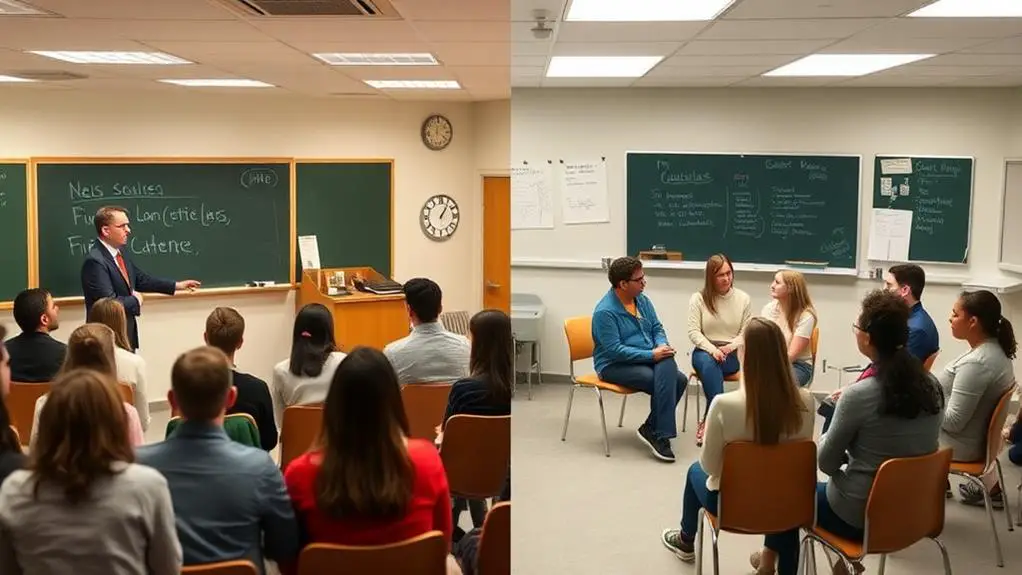
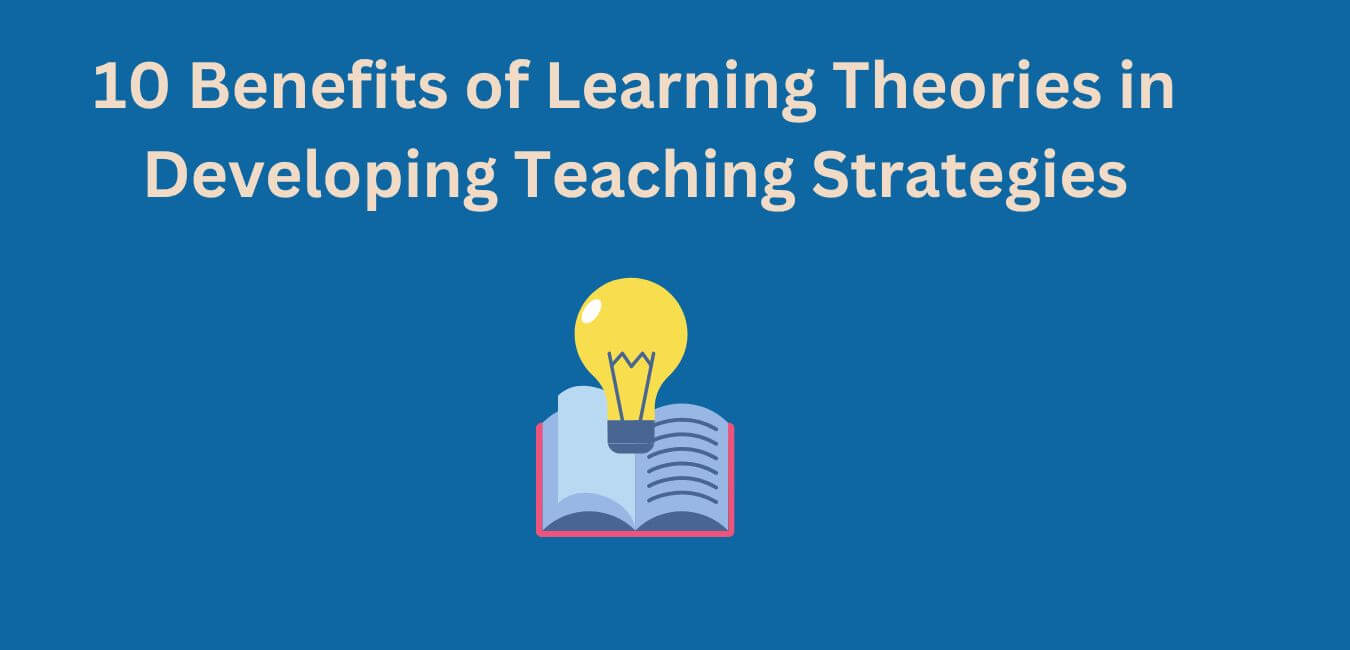
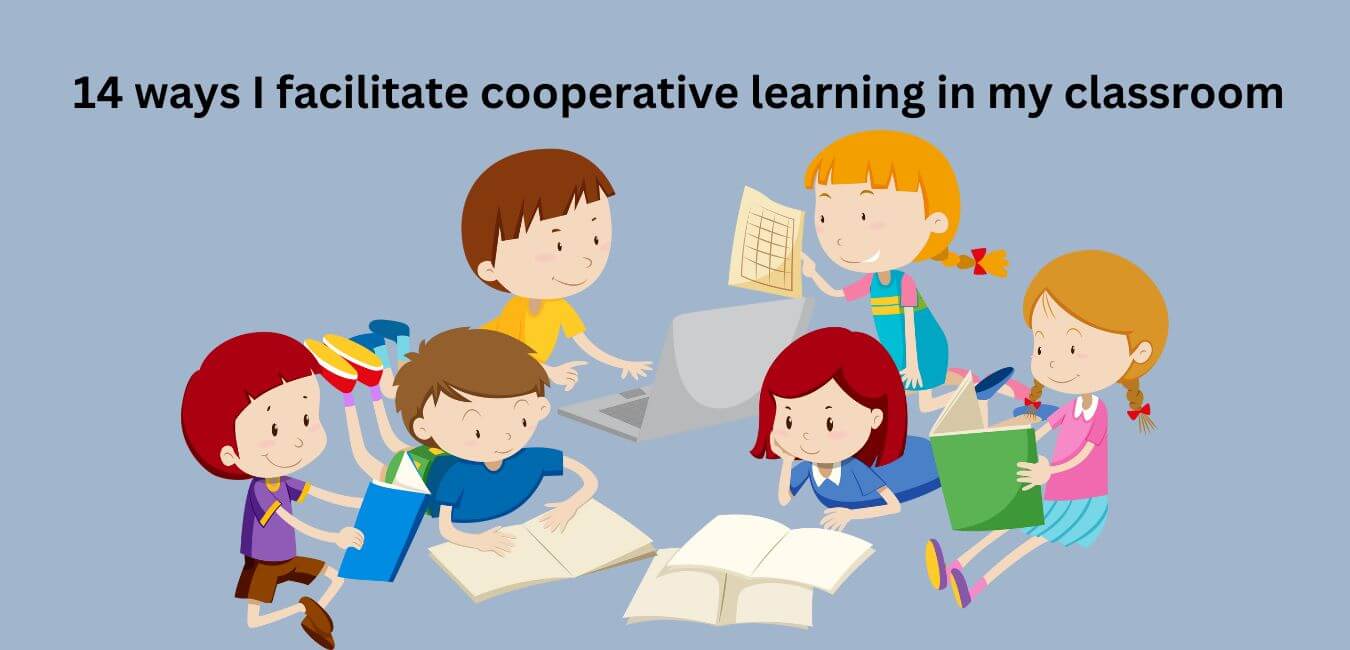
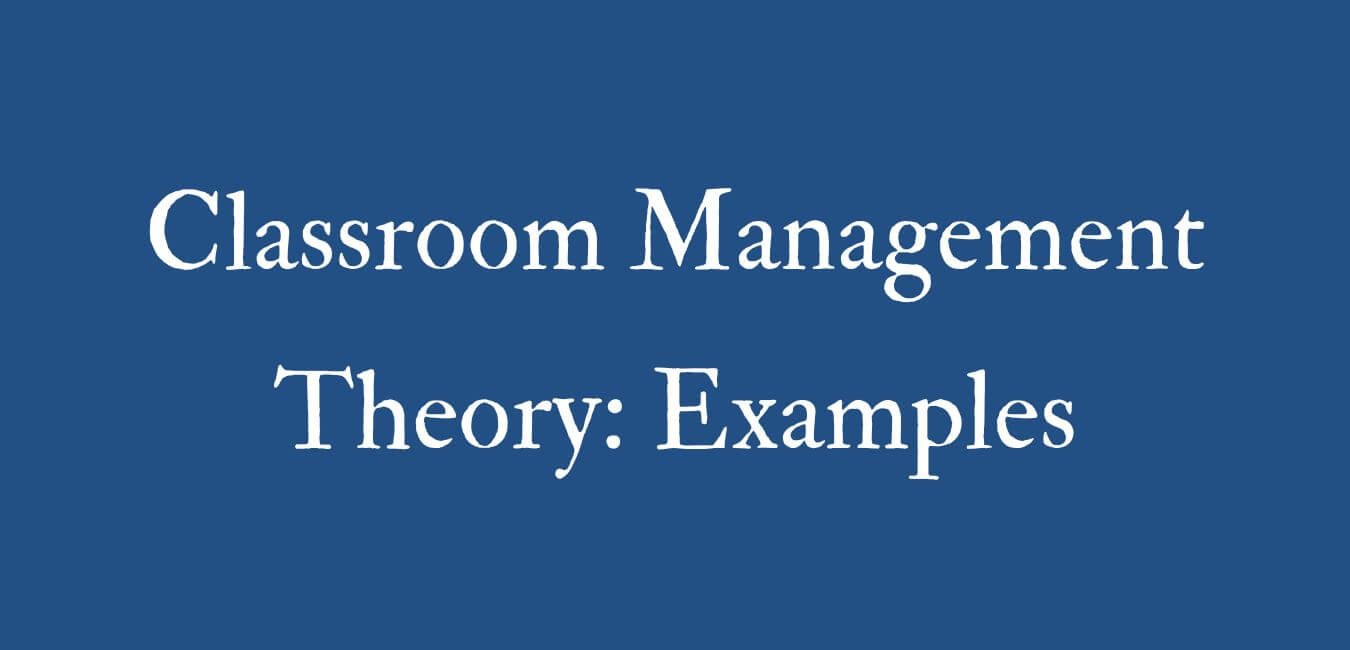
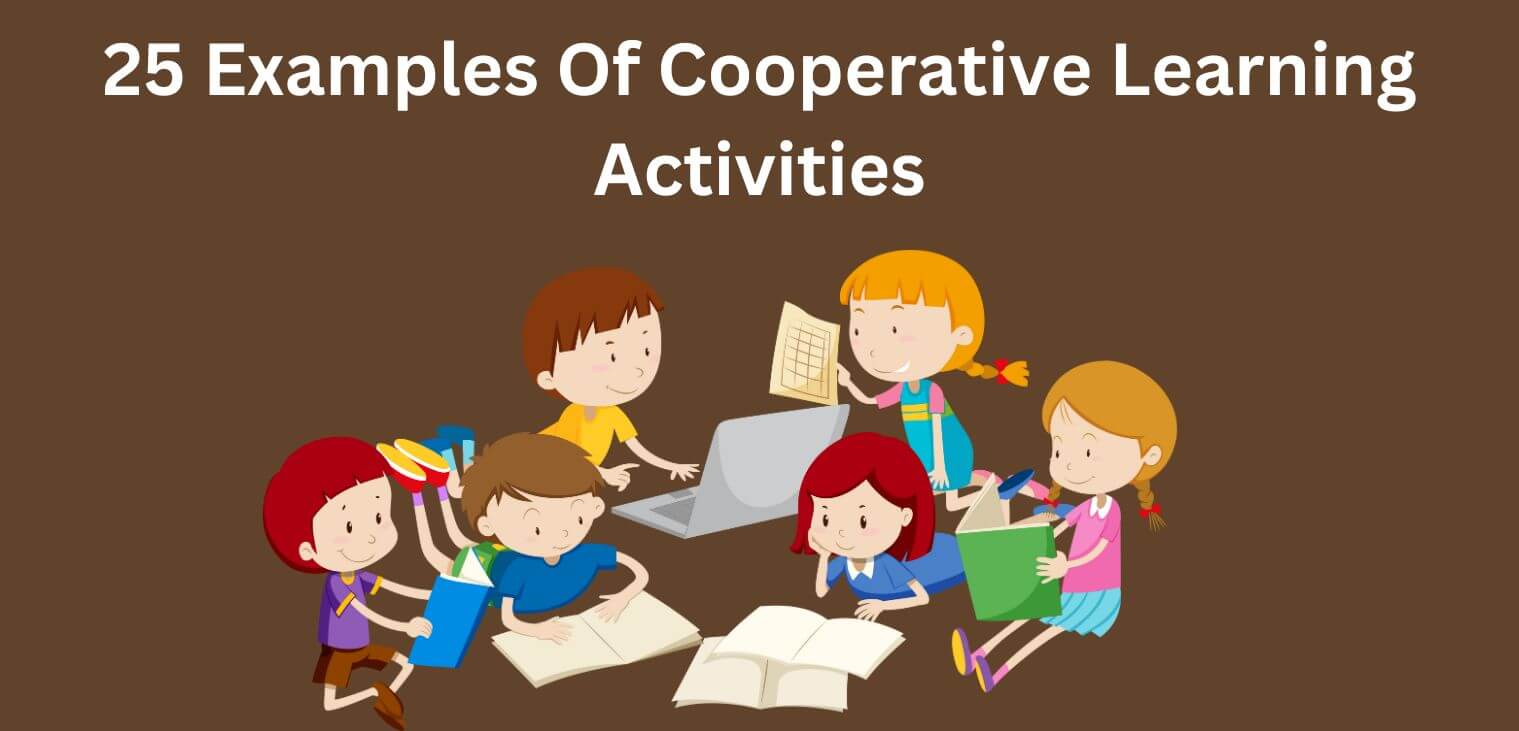
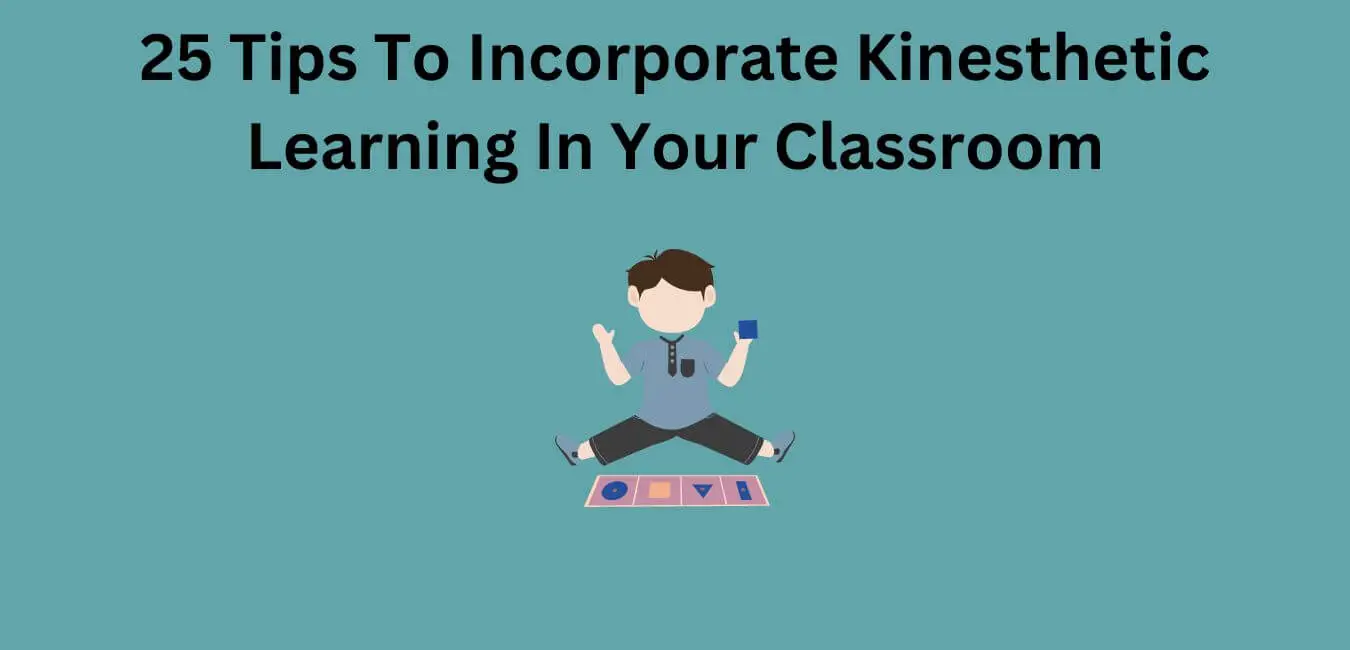
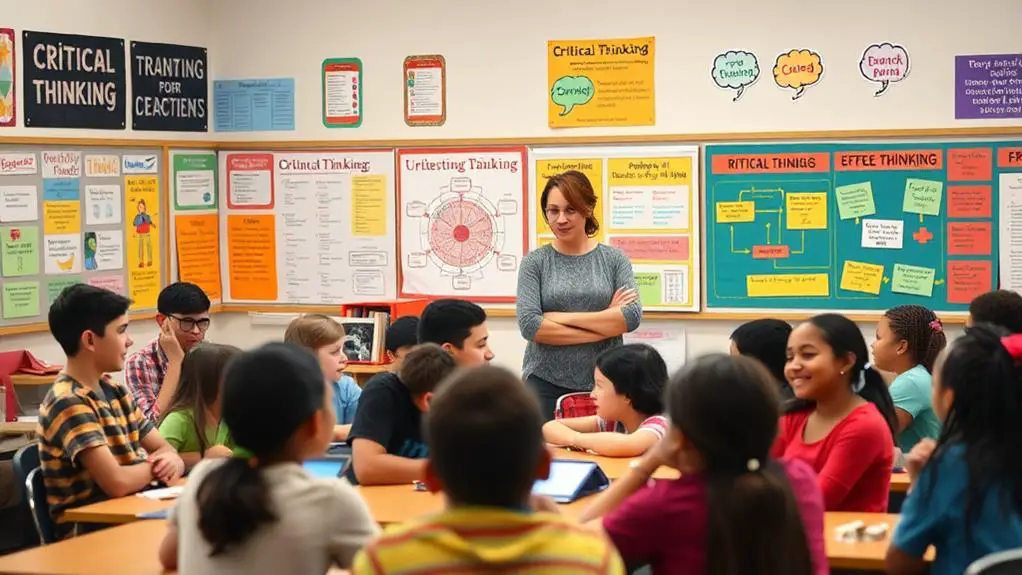
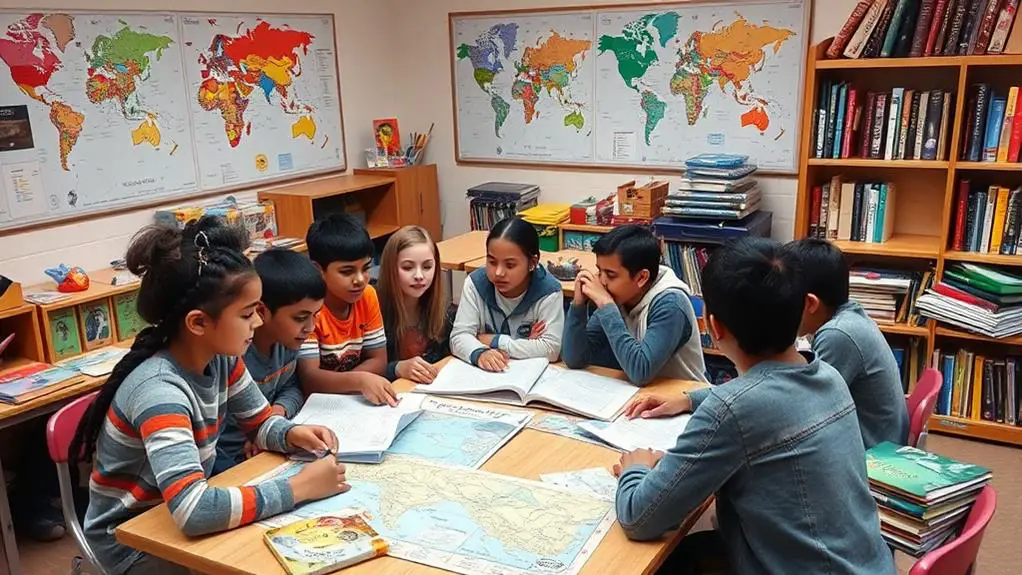
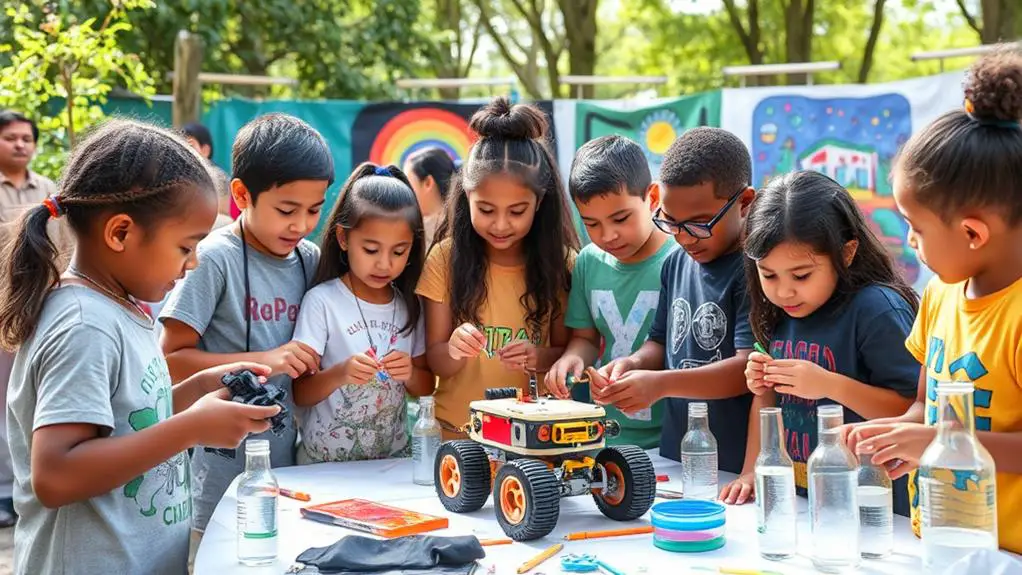
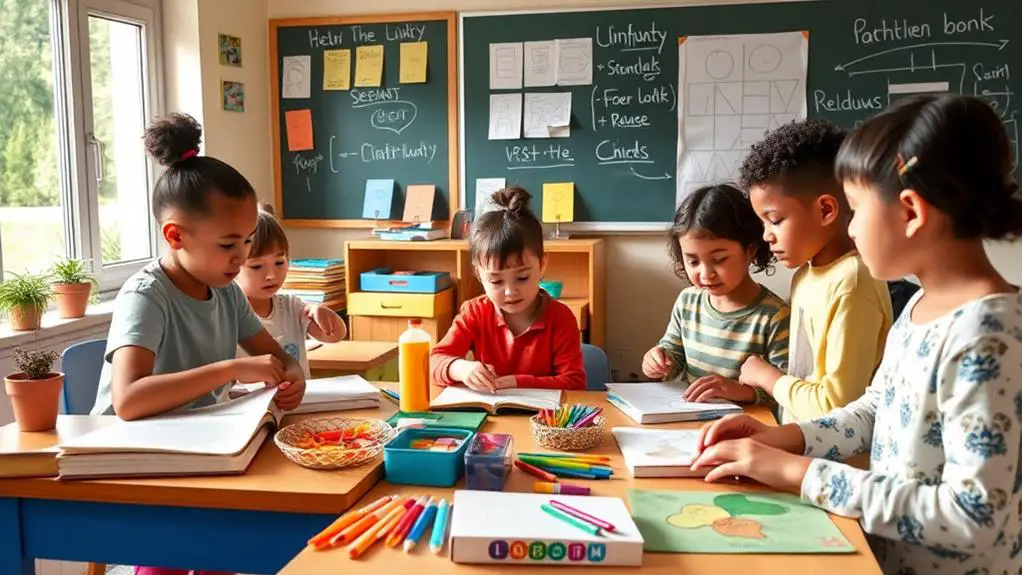



Leave a Reply